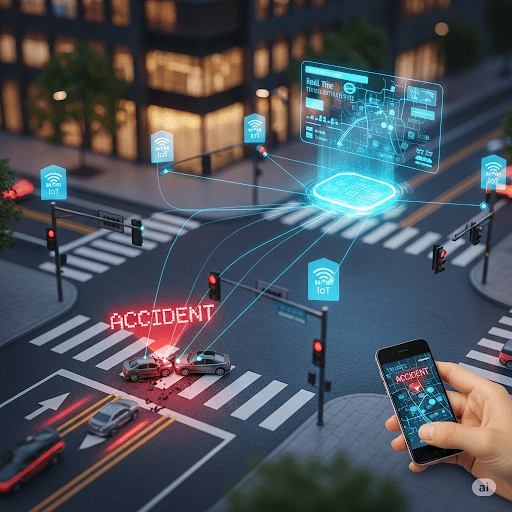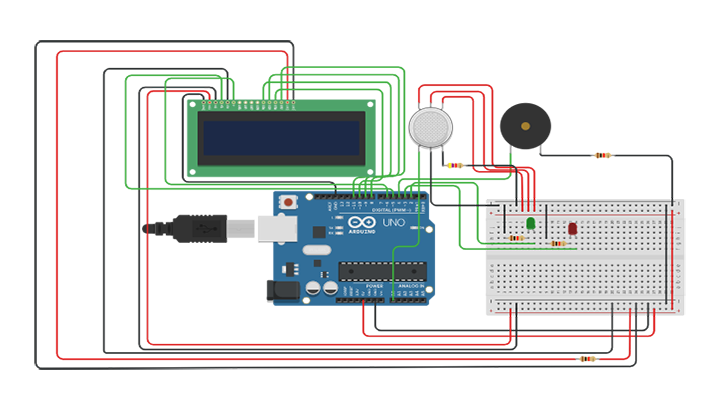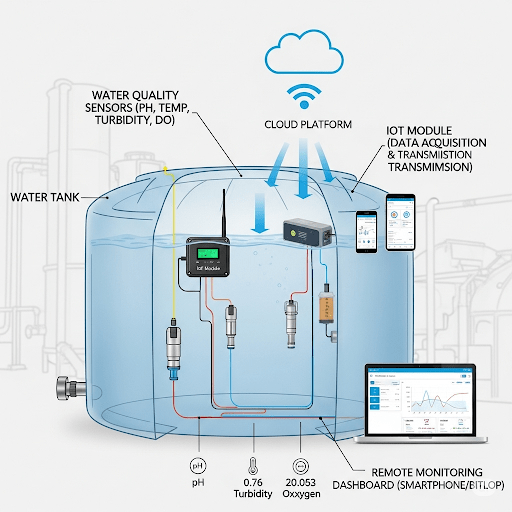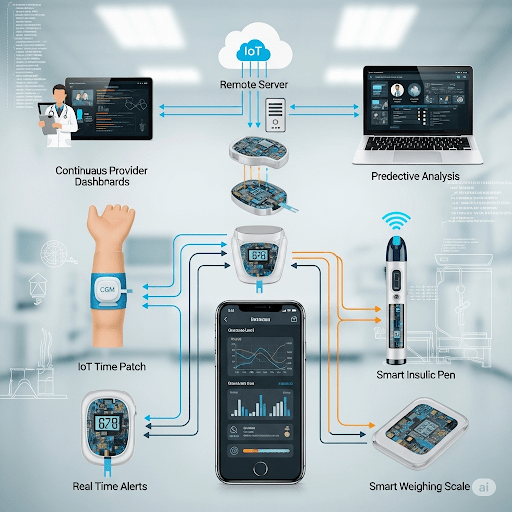ANTI-SLEEP SYSTEM FOR VEHICLE DRIVER BASED ON SEEED STUDIO XIAO ESP32C3
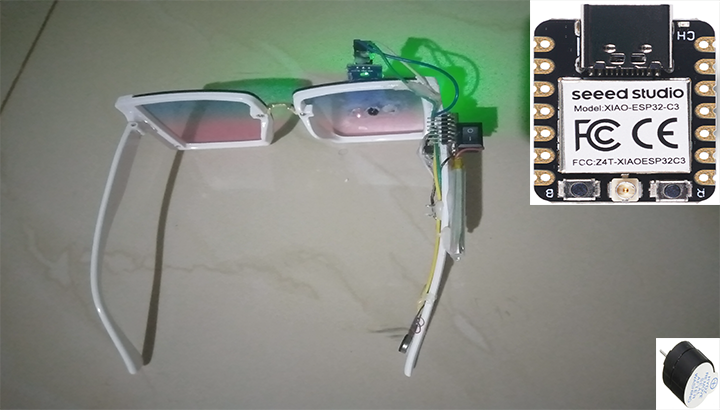
This research venture seeks to make a significant contribution to road safety efforts by providing an efficient solution for the identification and prevention of drowsy driving occurrences, thereby lowering associated risks and improving the well-being of drivers and other road users. A thorough understanding of drowsy driving is provided by the combination of sensor data, interviews, and questionnaires, which serves as a foundation for the development of the anti-sleep system.
Working principle of the block diagram or circuit diagram
The working of this project is based on an Infra-Red Sensor, this sensor is the heart of this project.
The picture of Circuit diagram shows a typical IR Sensor, basically it has a transmitter IR LED, A photo Diode, an Op-amplifier IC and a potentiometer. The photo diode is placed just next to the IR LED in such a way that it cannot receive IR rays directly. Photodiode is sensitive to the IR radiation. Its cathode connected to the positive voltage i.e. 5volt and anode connected to the noninverting input of the Op-amplifier which also get pulled down though the 4.7Kilo ohm resistor. Potentiometer in IR sensor is use to set the sensitivity distance of the sensor, it connected to the inverting input of the Op-amplifier. IR LED continuously transmit the infra-red rays and if any object comes in front of it, IR rays get reflected back and it received by the photo diode due to this change in IR radiation the voltage at the anode get change, the change in anode voltage is depend on the IR radiation received by the photo diode. More the IR radiation received grater will be the change in anode voltage. The output of the IR Sensor taken from the output of the Op-amplifier.
We can adjust the sensitivity distance by rotating the potentiometer on the sensor, we rotate the potentiometer that means we set a threshold voltage for the noninverting input of the Op-amplifier. Whenever the voltage on the noninverting input is greater than the threshold voltage, the voltage on the noninverting input i.e. +ve voltage from the photodiode get forwarded and get the positive pulse at the output of the Op-amplifier i.e. output of the sensor.
IR sensor is connected to the Seed studio XIAO ESP32C3 Pro Mini board as Vcc of the sensor to the vcc of the Seed studio XIAO ESP32C3 Pro Mini, Ground to the ground and the output of the sensor to the Analog pin one D3 of the Seed studio XIAO ESP32C3 Pro Mini. I used a 5volt buzzer and a vibrator motor for alerting. I connected both buzzer and vibrator motor in parallel and used a general purpose NPN Transistor (BC547) to drive them. Transistor's emitter connected to the ground and collector connected to the negative pin of the buzzer and vibrator motor. Positive terminal of vibrator motor and buzzer are further connected to the vcc of the Seed studio XIAO ESP32C3 Pro Mini. Base of the transistor connected to the pin D9 of the Seed studio XIAO ESP32C3 Pro Mini through the 4.7 kilo ohm resistor.
Related project idea for free
Smart car Parking System in Kigali - Rwanda
This dissertation examines an IoT-based smart car parking system used in Rwanda. Rwanda is a nation that has to be intelligent in a variety of areas, including agriculture, health, and transportation, particularly in terms of parking. People are affected by a variety of parking issues, including...
Read more>>Accident Detection Based On IoT
Road accidents frequently result in damage, injuries, or fatalities and happen unexpectedly and without warning. Through the elimination of the time lag between the accident's incidence and the initial medical emergency, this research aims to lower the fatality rates following an accident. A mach...
Read more>>IoT based toxic gas detection and level of landfill - Case study: NDUBA LANDFILL
As the world's population expands, so does the amount of waste. Most landfills release harmful pollutants into the air and into the homes of those who live nearby. Effective landfill management is necessary to protect both the environment and human health and wellbeing. The findings of the litera...
Read more>>IoT based remote monitoring of water quality in tanks - Case of WASAC
Water is regarded as a basic requirement for humans in their daily lives. It is required in a variety of settings, including the home, the workplace, the manufacturing sector, the hospital, and others. The quality of the water needs to be closely monitored on a regular basis and effectively if on...
Read more>>Design and implementation of an IoT-Based diabetes remote monitoring system
Real-time diabetes remote monitoring uses Internet of Things (IoT) technology to measure blood glucose levels, heart rate, blood pressure, and body temperature. Typically, a self-management system for diabetes is designed to detect the presence of particular molecules, particularly hyperglycemia,...
Read more>>

